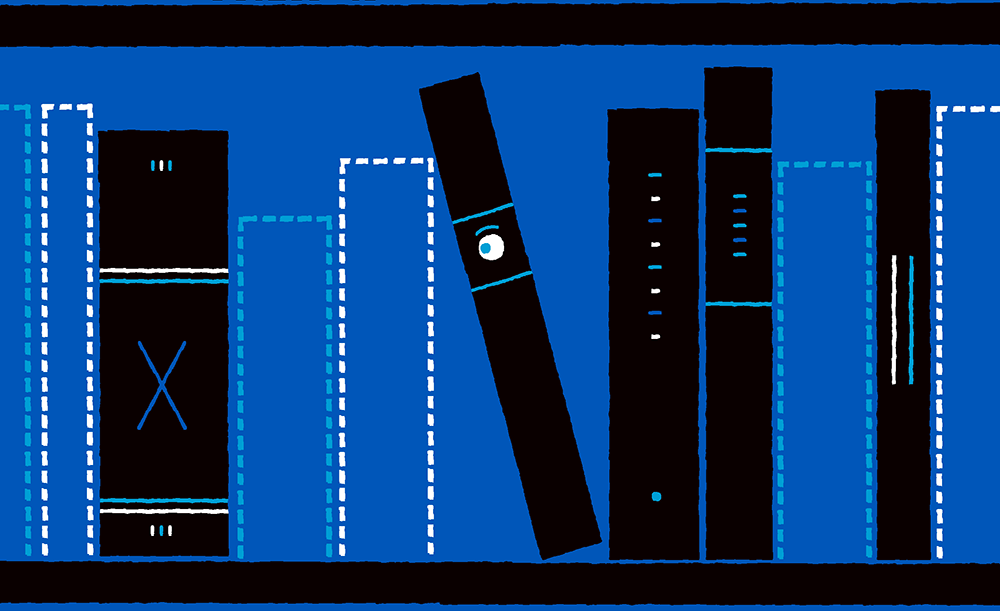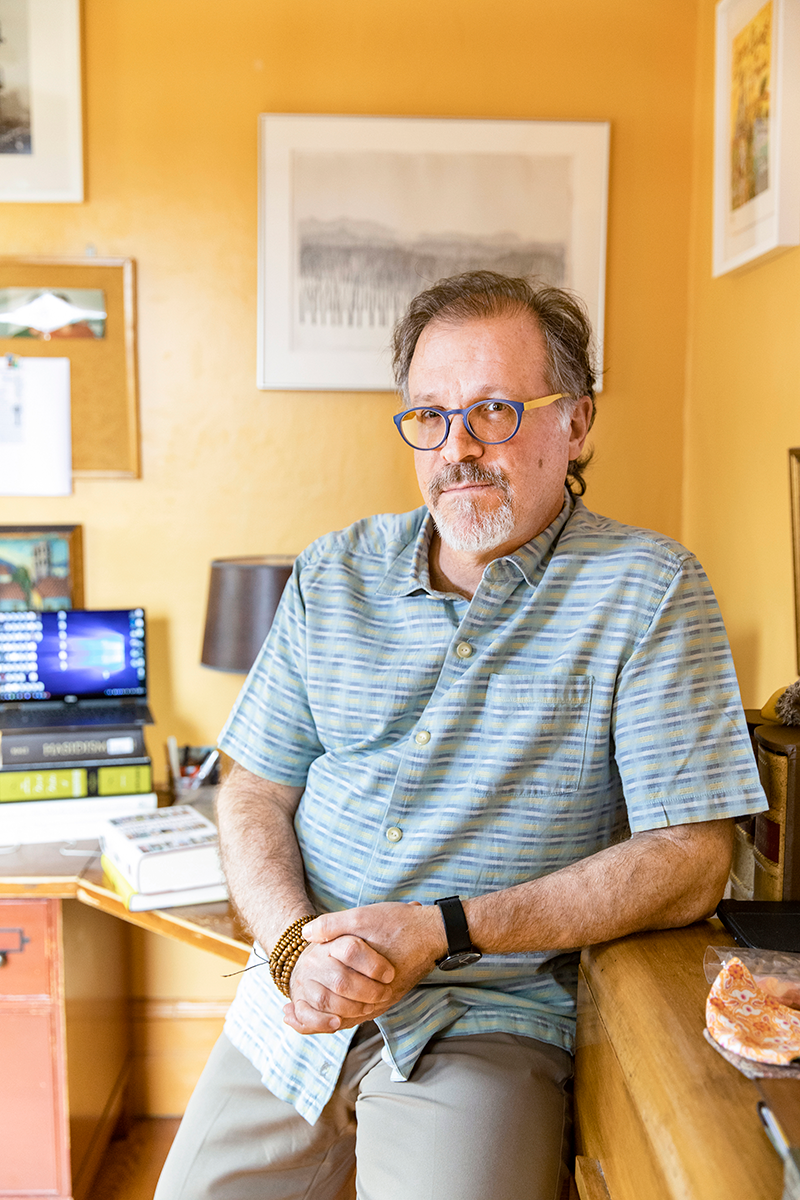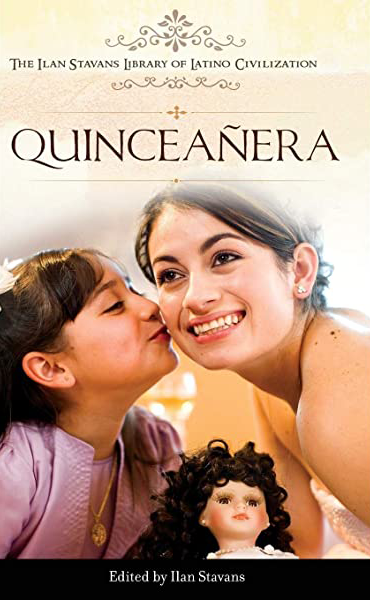

Ever since mass-produced books first appeared 600 years ago, people have been trying to stop them. From the start, the book has been a source not only of light but of heat—a lit fuse, igniting intellectual, cultural and political combustions.
Late this past fall, Ilan Stavans, the Lewis-Sebring Professor of Humanities and Latin American and Latino Culture, learned that a book of his had been put on a “watch list”—an ad hoc roster of what he calls, with mirth and irony, “the 850 most disturbing books in Texas libraries.” The 16-page list was assembled by Matt Krause, a Texas state legislator and chair of a legislative investigatory committee, who announced “an inquiry into Texas school-district content,” vowing to prioritize “the welfare and protection of state citizens.”
There’s a lot of this going around these days. Across the United States, parents, school board members and lawmakers have been challenging books with a frequency not seen in decades. In Oklahoma, a bill sought to remove books on gender identity from schools. A school district in Tennessee excised Art Spiegelman’s graphic novel Maus from an eighth-grade module on the Holocaust. “Book banning is back,” The Atlantic announced in February.
The Stavans book that Texas singled out, Quinceañera, would hardly seem incendiary: it’s a collection of ethnographic essays examining the Latina coming-of-age ritual. The Texas list contains many such anomalies. Yes, such titles as Beyond the Gender Binary and What Is White Privilege? point toward obvious conservative targets. But how exactly will Texas and its citizens be protected from popular novelist Richard North Patterson’s Protect and Defend? Or from The Legal Atlas of the United States?
Stavans knows the long and paradoxical history of censorship. He sounded almost nostalgic as he summarized the chapter of Don Quixote in which the priest and the barber, acting as Inquisitorial censors, vet the hero’s book collection, attempting to cure his madness by expurgating his library. “These two inquisitors are incredibly literate!” Stavans says. “They go book by book, commenting: ‘This book works. We should give the author another chance. Let’s not burn it.’ Or, ‘This book is atrocious. The style is embarrassing. Let’s burn it.’ What they are doing is literary criticism!”
One discerns no such subtlety behind the Texas list. “Whoever made this list doesn’t seem to have actually gone through any book,” Stavans observed when I called him in late February to talk about it. “There doesn’t seem to be any coherent rationale other than to create fear.”
Book challenges in the U.S. today aren’t just coming from the right. Krause’s cover letter singled out materials that “might make students feel discomfort, guilt, anguish or any other form of psychological distress because of their race or sex.” That sounds remarkably like language that might be deployed by progressives. The American Library Association’s 10 most challenged books last year included To Kill a Mockingbird, which one school board removed from a ninth-grade English curriculum on the grounds that it marginalizes characters of color and celebrates white saviorhood.

“This is not just right-wing intolerance,” Stavans observes. “The left is at least as guilty, if not more. We have lost the capacity to listen to ideas that we might not agree with.” When it comes to teaching, Stavans says that these days he finds himself navigating an environment in which concern for student safety red-flags some areas of discourse as injurious or invidious. A classroom is a place to be safe, he says, but also to be uncomfortable.
“I get very worried about this idea of the comfort zone,” he told me. “If we are not creating some sort of discomfort in the classroom, we’re not doing our job right. When Socrates is debating ideas in The Symposium, you feel his discomfort. It’s the discomfort of discovering new things. Discomfort generates knowledge.”
History, meanwhile, shows that the book-banning impulse can lead to a dark place. Writing in the Jewish magazine The Forward, Stavans pondered the implications of the Texas list in a very personal way. “I’m a descendent of Jews who were murdered in the Holocaust,” he wrote. “My family fled Eastern Europe because of poverty and antisemitism. Soon after, Hitler burned Jewish books. As Mr. Krause knows, where books go up in flames, so do people.” Stavans told me he views the current censoriousness as “very worrisome,” a sign of peril for democracy.
I’m a writer whose days are spent trying to spread ideas, but in a strange way I can imagine what it’s like to be on the other side. To my mind, the effort to ban books evokes a child building sandcastles at the beach. Remember how you would desperately build up walls and dig trenches against the encroaching tide? How satisfying, to see your domain protected! Such are the censor’s anxious pleasures.
Yet in the end, the tide comes in, the walls and ditches are breached, the censor’s best efforts doomed. “Ideas cannot be killed,” Stavans wrote in The Forward. “They always manage to spring back.”
Illustration by Adam McCauley
Photograph by Jessica Scranton